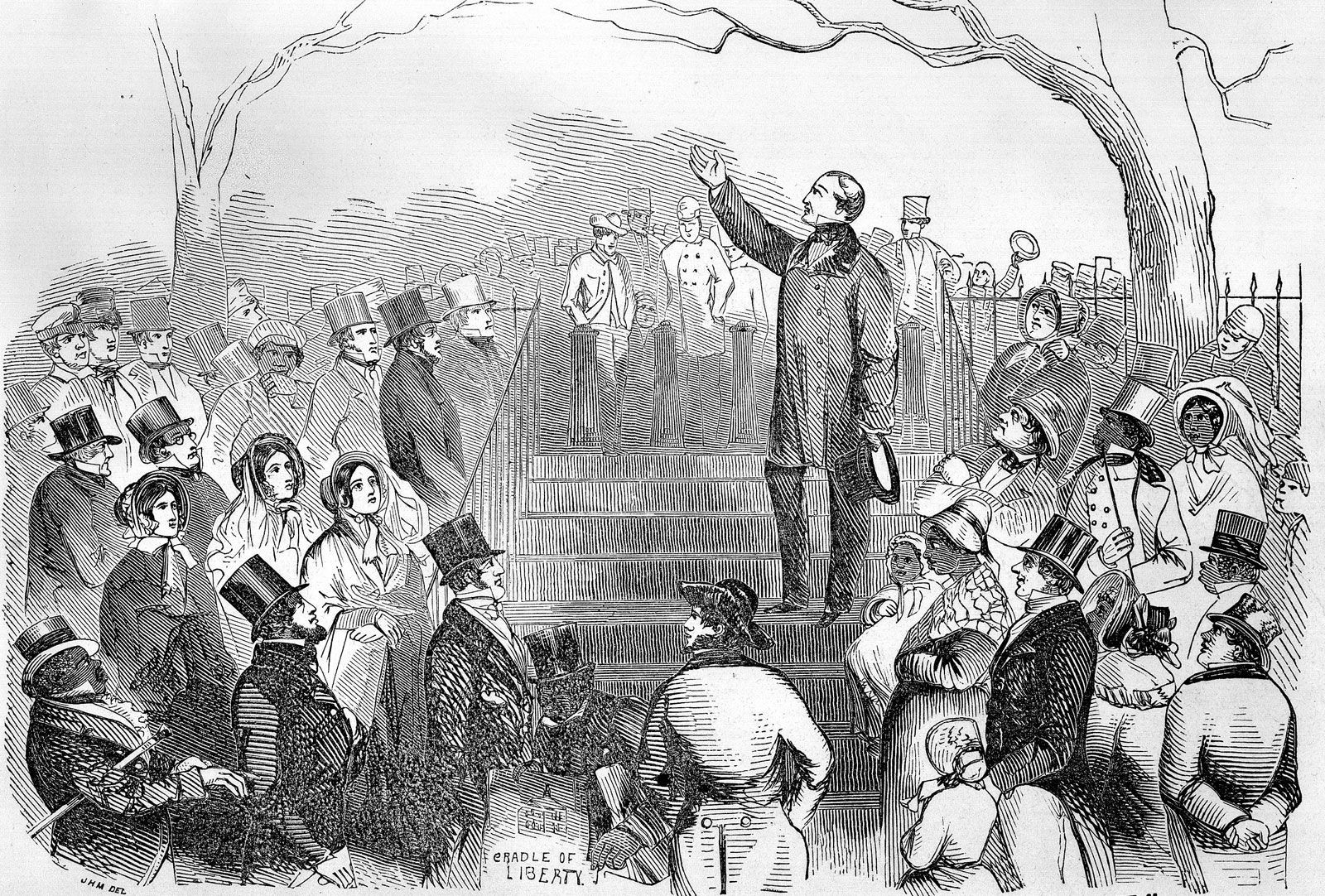New England, a distinctive and historically rich region, occupies the northeastern corner of the United States. Often recognized for its picturesque landscapes, vibrant autumn foliage, and significant historical landmarks, understanding exactly Where Is New England In The United States requires pinpointing its geographical boundaries and the states it encompasses. This article will delve into the location of New England, its defining characteristics, and its enduring impact on American history and culture.
New England is not just a point on a map, but a region comprised of six states. To answer the question “where is New England located?”, it’s essential to list these constituent states. New England includes:
- Maine: The northernmost state in both New England and the eastern United States, known for its rugged coastline and vast forests.
- New Hampshire: Famous for its mountains, including the White Mountains, and its motto “Live Free or Die,” reflecting its independent spirit.
- Vermont: A landlocked state celebrated for its Green Mountains, dairy farms, and maple syrup production.
- Massachusetts: Home to major historical cities like Boston and Plymouth, and a hub of education and innovation.
- Rhode Island: The smallest US state by land area, but densely populated and boasting a significant coastline along Narragansett Bay.
- Connecticut: The southernmost New England state, bridging the region with the Mid-Atlantic states, and known for its historical towns and Long Island Sound shoreline.
Collectively, these six states form the region known as New England, nestled in the northeasternmost part of the contiguous United States. It’s bordered by the Atlantic Ocean to the east and south, Canada to the north, and New York state to the west.
The name “New England” itself has historical roots, coined by Captain John Smith, a British explorer, in 1614. He charted these shores for London merchants, recognizing the potential of this “new” land that reminded him of England. However, it was the arrival of English Puritans seeking religious freedom that truly shaped the early character of New England. These settlers, known for their strong work ethic and aversion to idleness, laid the foundation for communities built on diligence and self-reliance.
Abolitionist Wendell Phillips at an anti-slavery meeting in Boston, representing New England’s strong stance against slavery.
From its early days, New England fostered a deep respect for education. Recognizing the importance of an educated clergy and leadership, the region pioneered public schools and established prestigious institutions of higher learning. Harvard University, founded in 1636, and Yale University, established in 1701, stand as testaments to this early commitment to education and remain world-renowned universities today. This emphasis on learning has been a defining feature of New England culture for centuries.
Geographically isolated from England, the New England colonies developed unique forms of representative government. Town meetings became a cornerstone of local governance, promoting civic engagement and an expanded electorate. Concepts of civil liberties took root, fostering a spirit of independence and self-determination that would later play a crucial role in the American Revolution.
Initially, New England’s economy was based on self-sufficient farming. However, the region’s abundant natural resources quickly spurred diversification. Vast forests fueled a thriving shipbuilding industry, while access to the Atlantic Ocean facilitated robust seaborne commerce. New England’s harbors became hubs of trade, connecting the region to the wider world.
In the 18th century, New England became a focal point of revolutionary fervor. Driven by a desire for independence from Great Britain, New England patriots were at the forefront of the movement to establish the United States. This spirit of independence and reform continued into the 19th century. New England became a center for social reform movements, including temperance, prison reform, and most notably, the abolition of slavery. In a region where slavery was morally repugnant, New England became a vital source of energy and moral conviction for the abolitionist cause. During the American Civil War, New England staunchly supported the Union.
As the American frontier expanded westward, New Englanders migrated, carrying their cultural and governmental models to new territories in the Midwest. Simultaneously, the Industrial Revolution transformed New England’s economy. Manufacturing, particularly of textiles, shoes, and hardware, became dominant. Yankee peddlers distributed these goods across the expanding nation, reaching as far as the Mississippi River. Immigration from Ireland and Eastern Europe provided a new labor force, further diversifying New England’s urban centers and adding to its cultural tapestry.
The 20th and 21st centuries have brought further economic shifts. While traditional industries like textiles declined, New England has successfully transitioned to high-technology and service-based industries. Today, the region is a leader in electronics, transportation equipment, education, healthcare, and finance. This economic adaptability, coupled with its rich history and distinctive cultural identity, ensures New England’s continued importance within the United States.
In conclusion, New England is definitively located in the northeastern corner of the United States, comprising the states of Maine, New Hampshire, Vermont, Massachusetts, Rhode Island, and Connecticut. More than just a location, New England represents a region with a profound historical legacy, a commitment to education and innovation, and a resilient spirit that has shaped the course of American history.

